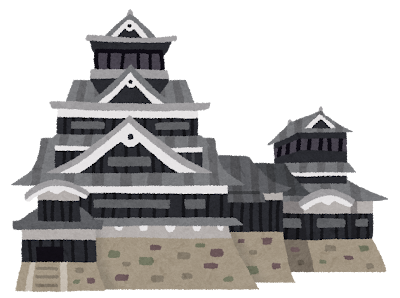Hello again! It is the blog televising Japanese Uniqueness, How Unique Japan!
In this article, I would love to discuss the Edo era. It is because of the importance of Japanese history. Unique cultures, manners, and even tax systems were born during the period.
It can be said that the era also created Japanese Identity.
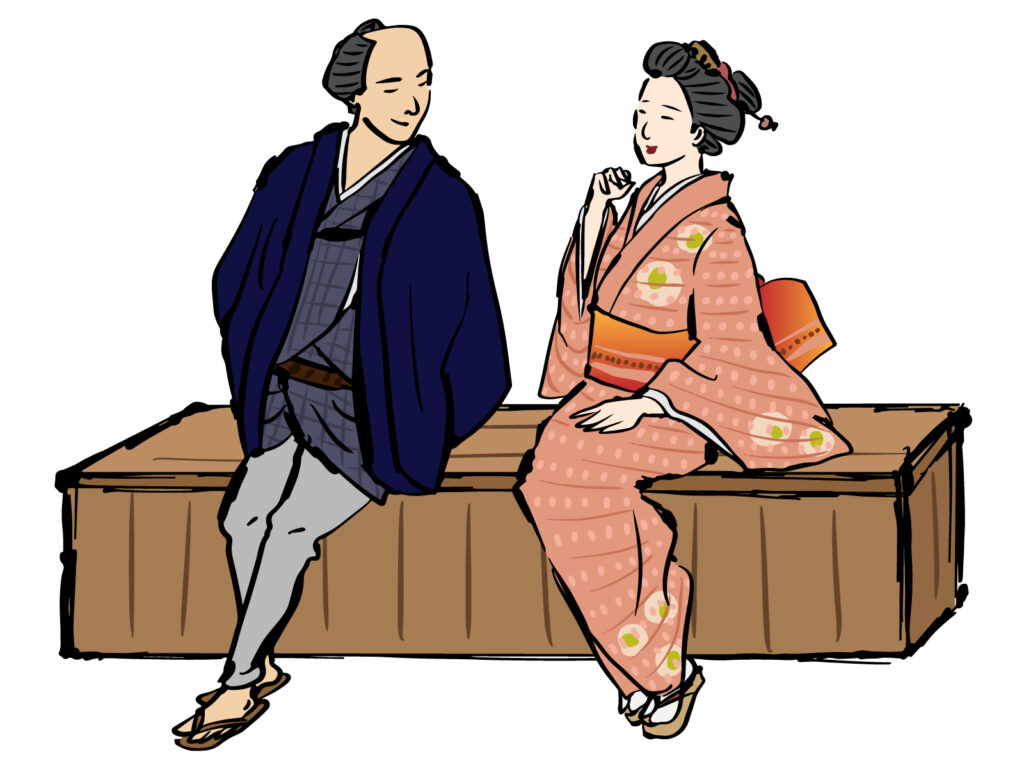
Why did Edo become unique?
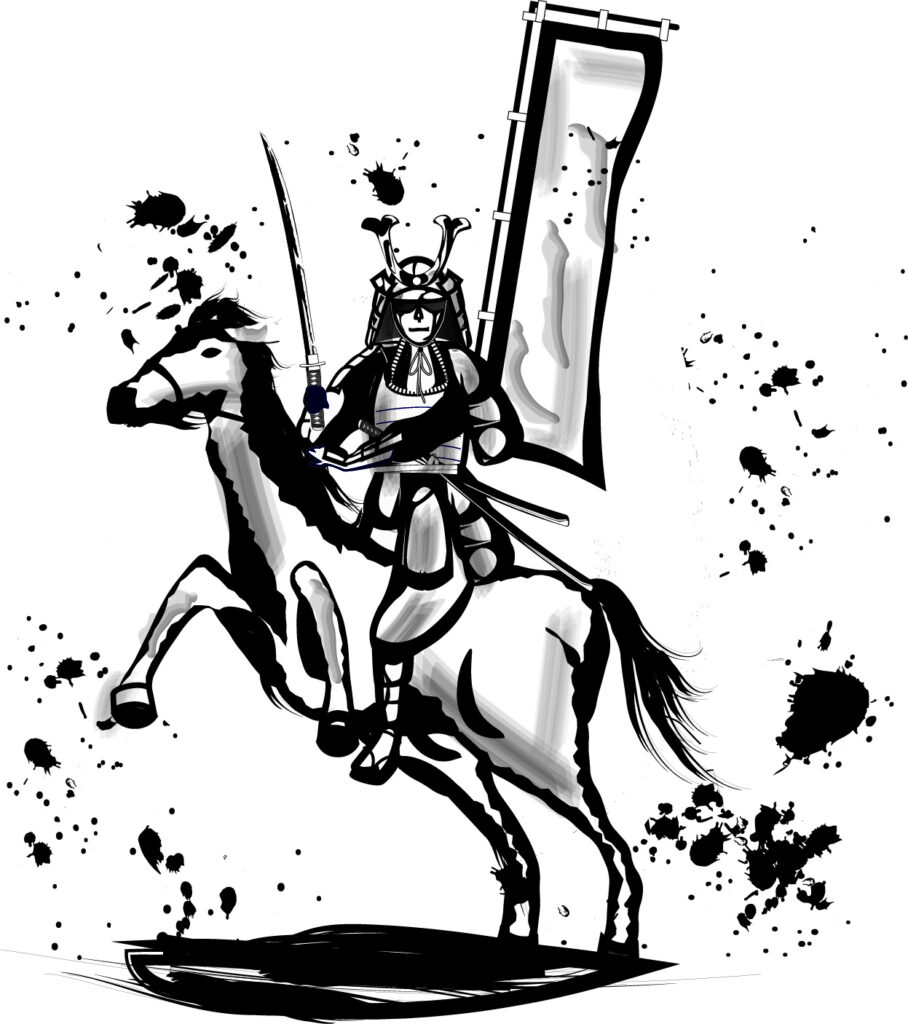
Because the peaceful and settled era came after a brutal time, before the Edo era started, Japan experienced a prolonged war lasting for 140 years (from 1467 to 1615 AC). It is called the Sengoku era (Civil War era). So many generals fought for protection or conquest throughout the country.
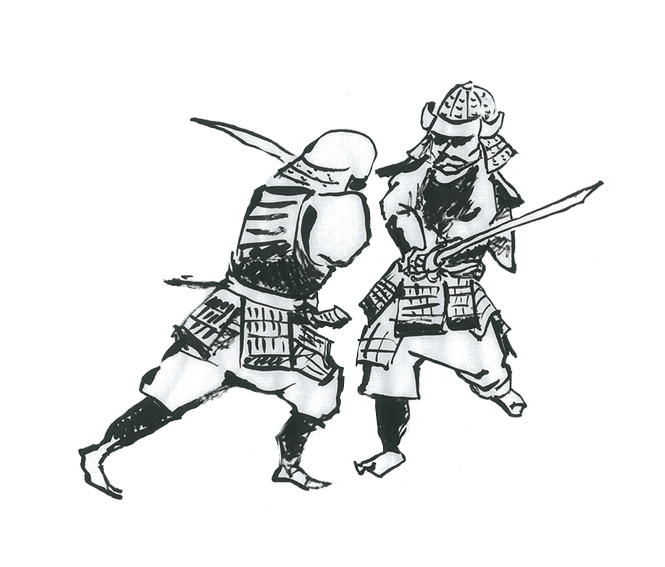
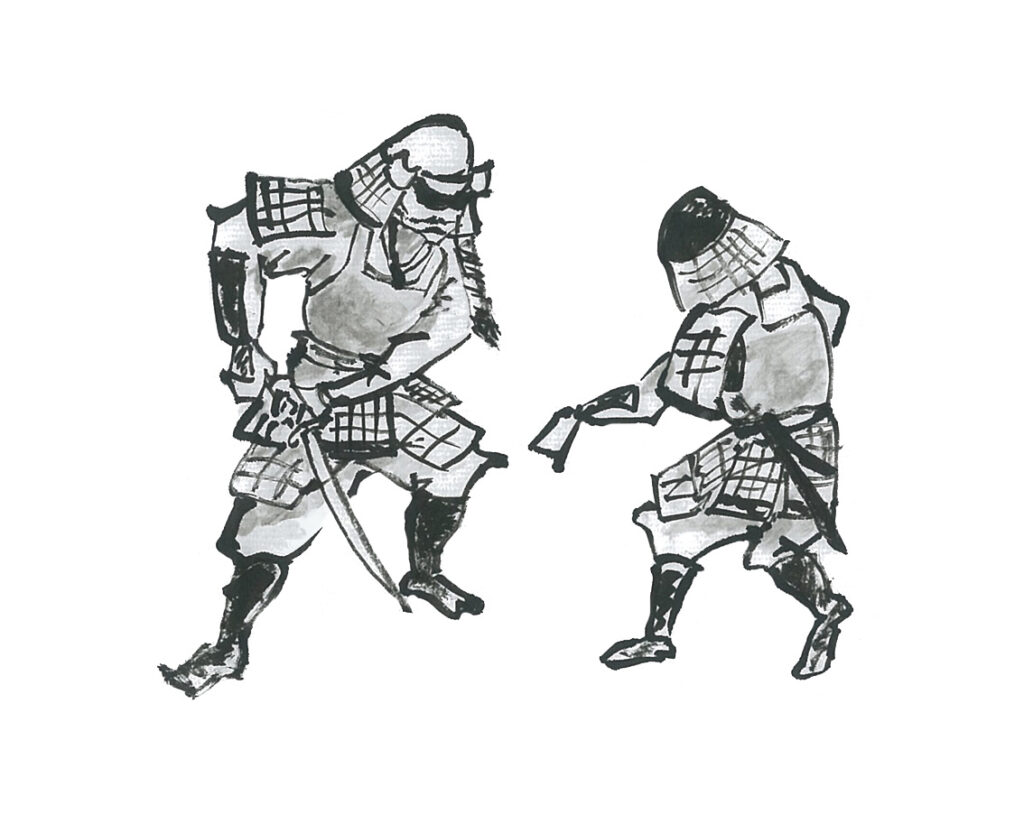
Thus, the Edo era had more meaning than just peace. Former Japanese started to enjoy their own life with enough food resources, clothes, and houses, which made them creative, especially for amusements.
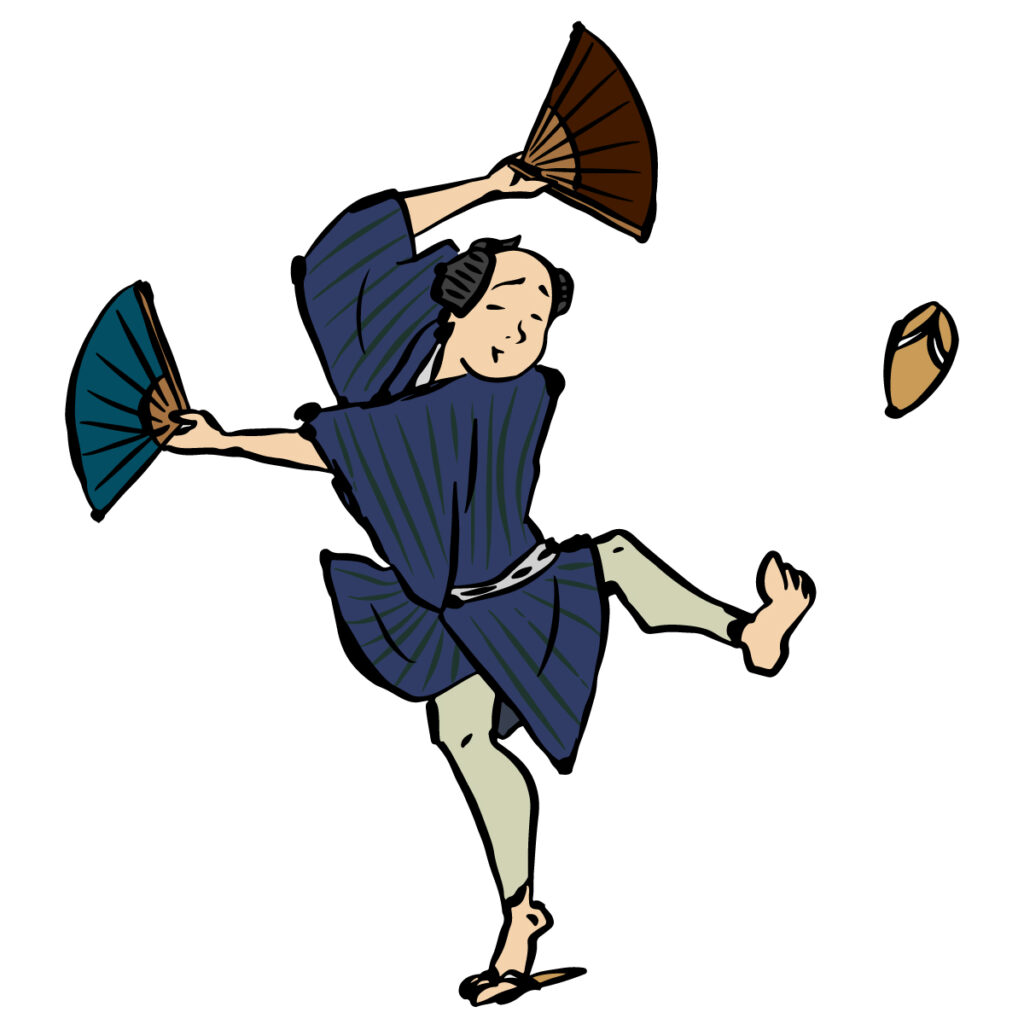
How long did it last? And the founder?
It continued from 1603 to 1868 AC. It was over 260 years! Such a lengthy peaceful period was unique in any historical record around any country. Then, who was the founder of the era?
He was just one general ruling around the Mikawa area (it is now Aichi prefecture), named Ieyasu Tokugawa. When he was born (1543AC, 31st January) as a successor of the general family Tokugawa, Japan was just in the Sengoku era. So, his fate to fight was inevitable.
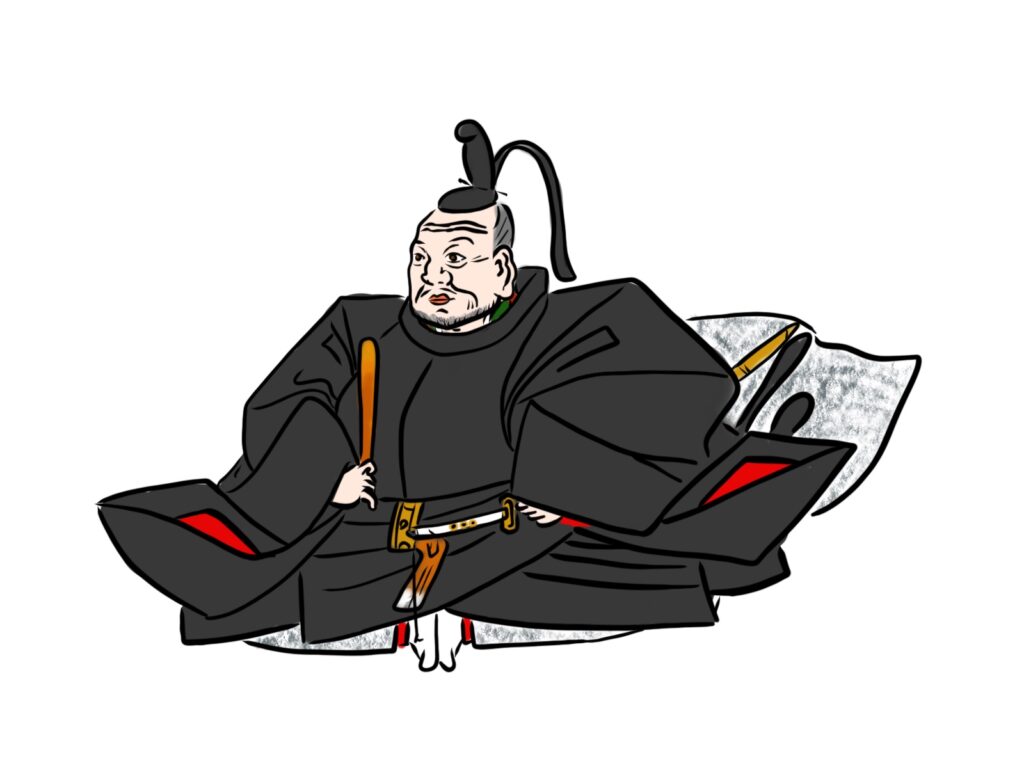
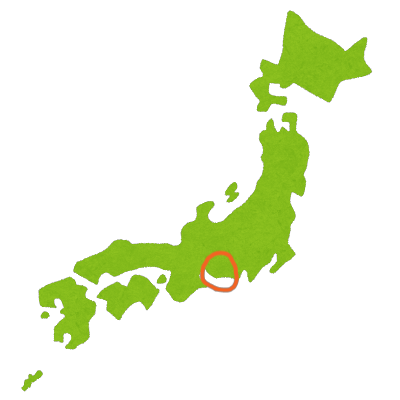
Fast, his family power was not strong enough to conquer any area. For example, when he was in his youth, his family gave him to another strong general family, Oda, as a hostage. Thus, Ieyasu was proof of the relationship between Oda and Tokugawa. He endured the pressure in Oda’s general family throughout his youth.
However, that experience made him so patient and a good general. So, he became skillful in searching for advantages and the upper hand over other generals.
If you are interested in him, please check the other article, Ieyasu’s Political Theory for the Edo Era.
The number of citizens and the size of the city
The city was mega. So, the population was too insane. In 1634 AC, there were 150,000 citizens.
But it was not yet. After years (around 1721 AC), the number reached 1000,000th!! 50% were citizens. The remaining 50% were official workers called Samurai from outside of Edo City. (The details are in the article about Ieyasu’s political theory.)
The era had many surprises. However, the most insane fact is the size of Edo City. Though the population was enormous, the area was unbelievably small.
It was only 56,365 square kilometers (TIGHT!).
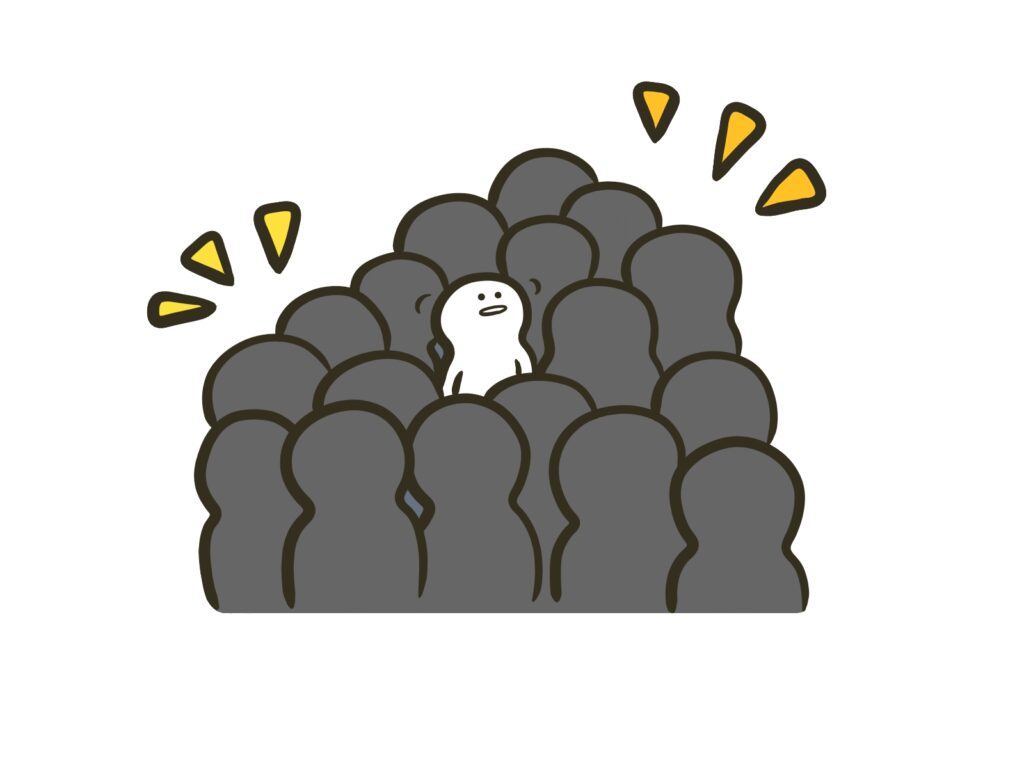
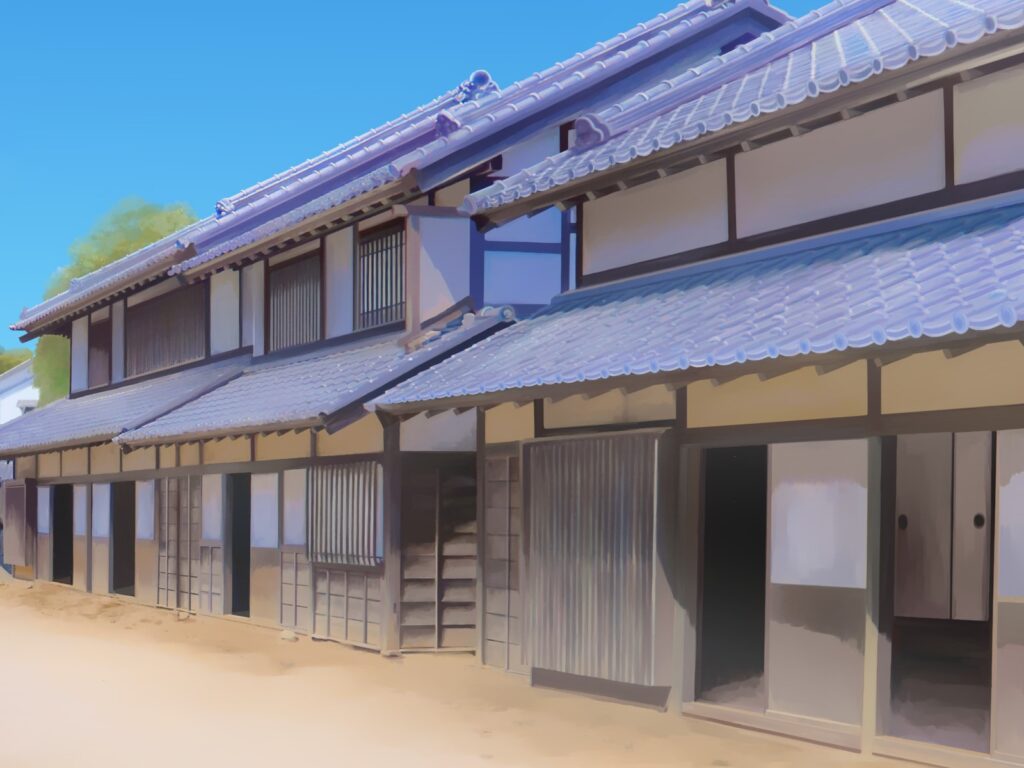
But it is just the total calculation. Incredibly, there was only 13% for citizens!! Please come to think of it. Just 8 or 9 square kilometers had 50,000 citizens. It is undoubtedly a stunning fact.
One more Fun fact. Such a Japanese habit still goes on now. There are a lot of small apartments, share-houses, and even detached houses in Tokyo.
Therefore, some incidents and accidents can often make citizens feel nervous; for example, events like fires, earthquakes, and tsunamis (or floods) can cause significant anxiety.
Society and lows
Then, there should be one question. How does the Edo society smoothly run? There had been material limitations due to the ban on trading with other countries. The law was named Lock Up Country. (The detail is also in the article “The Political Theory in the Edo Era”.)

The solution was RECYCLING. The citizens in Edo City cleverly utilize all products concerning life work. If you are interested, please see the article Recycling Society Edo.
So, how was the government system? It took the shogunate system looks a little similar to a dictatorship. The top organization Bakuhu controlled prefectures with unieque lows.

Do you want to see the details of the lows in the era? Click here!
How was the Edo city life like?
In this section, we would like to touch on the lifestyle in the Edo City.
Now, we have those articles.
The fire in the city
Earthquake, Tsunami (flood). Japan (the Edo city) usually got those horrible disasters. The fire was the most devastating incident.

So, how did they deal with it? And why the fire was their annoying problem?
The traditional mail delivery service
Surprisingly, a punctual mail delivery service was already at the era. It is Hikyaku (Flying feet in a direct translation).
How did they work? And how were they first?

Inventions
Some historians say the Edo era is the Renaissance time of Japan by historians. Eventually, the standard of living improved, including houses, meals, and fashions. Some of them were indeed inventions.
For example, the design of kimonos (Japanese clothes) has accents with color gradations or small embroideries. Are you interested in that? Under this, some articles are about fashion improvements. Please check them.
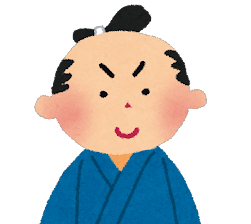
Japanese topknot.
You might have already known that males in the era usually tied their hair with a unique topknot called Tyonmage. It had a meaning certainly. Check the details behind it.
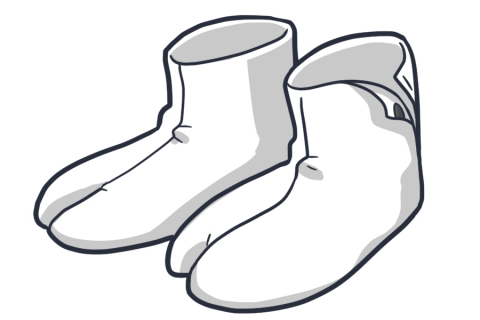
Tabi, Japanese old socks
Recently, some socks that have separated toes for fingers became popular. However, the traditional Japanese one already had socks with separated toes. But it is split into two for the big toe only.
Why? Let’s check it!
Kamon, Japanese emblems
Any emblems should belong to nobilities or loyalties. Do you get surprised that each Japanese would have their family emblems? How is it possible? Click here!
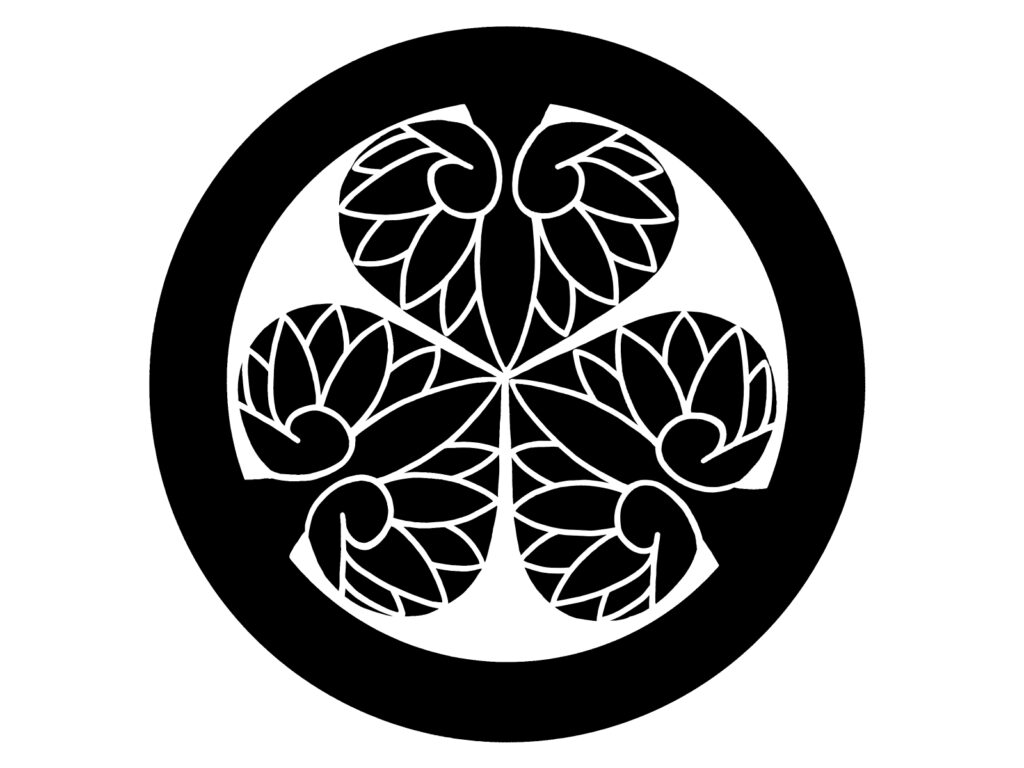
To close

Thank you so much for reading these articles. But it is not yet. This blog also has another category (for example, some Japanese foods). If you are interested in them, please take a look the front page!
OK! time to go! See you for the next article about Japanese Uniqueness!
